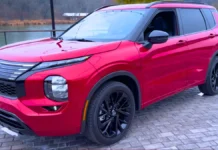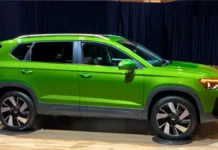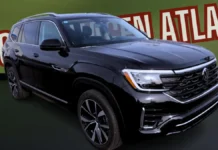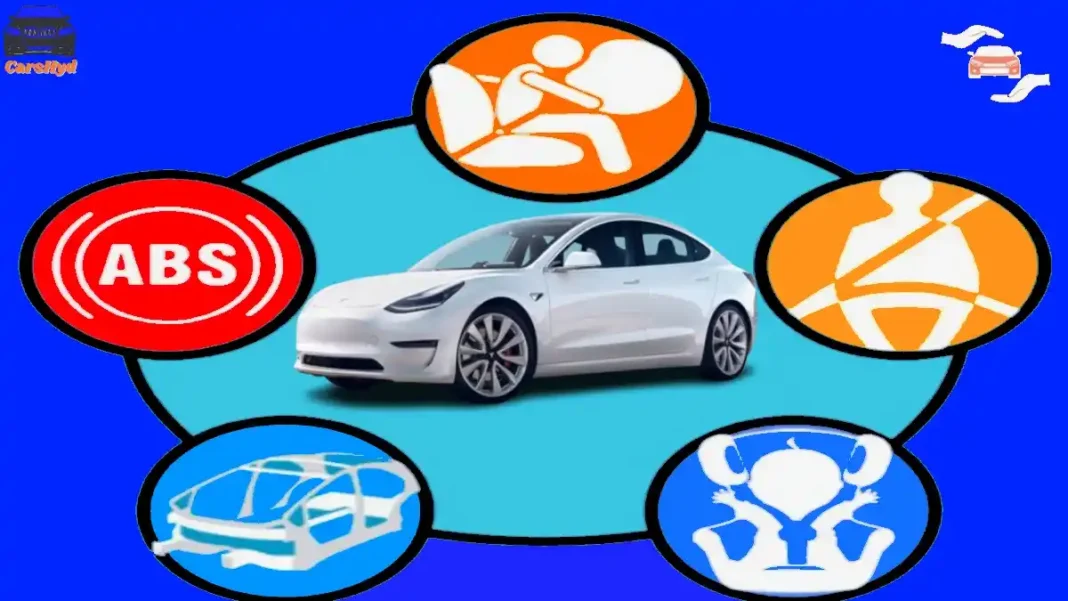Table of contents
Modern car safety
Car safety has come a long way over the past few decades, evolving from simple seat belts to advanced driver-assistance systems (ADAS) that can actively prevent accidents. As consumers become more aware of the importance of car safety, manufacturers are integrating increasingly sophisticated technologies to ensure that drivers and passengers are well-protected on the road.
This article provides an in-depth look at modern car safety features, exploring how they work, why they are important, and what to consider when purchasing a new vehicle. Whether you’re a professional in the automotive industry or a consumer looking to buy a new car, this guide will help you understand the various safety options available today.
Overview of Car Safety Features
Car safety features can be broadly categorized into active safety systems and passive safety systems. Active systems are designed to prevent accidents, while passive systems protect occupants in the event of a collision.
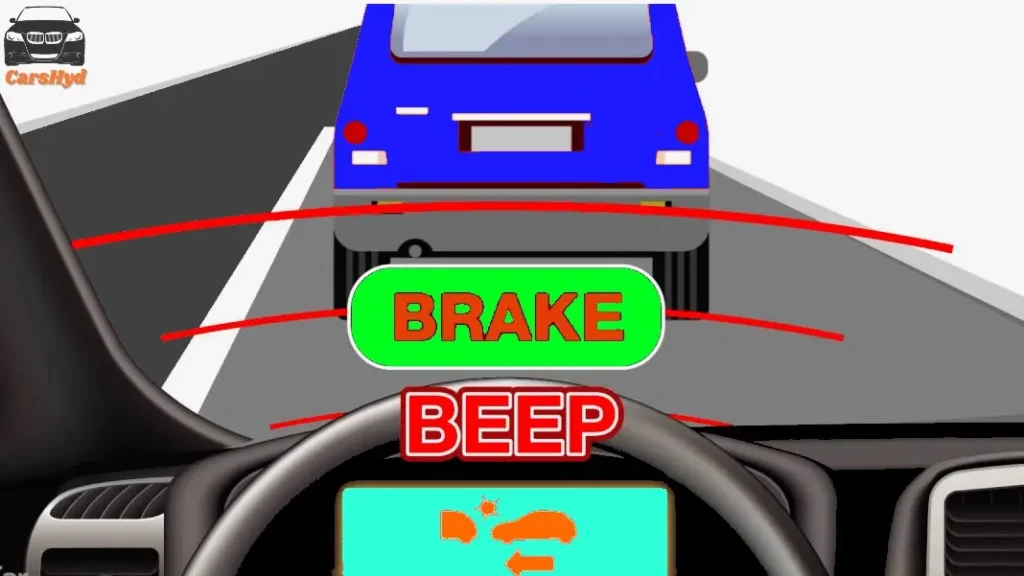
What Are Active Safety Systems?
Active safety features are technologies that help avoid accidents or minimize their severity. These systems constantly monitor the vehicle’s surroundings and driving conditions to provide alerts or take action if necessary. Common active safety systems include:
- Anti-lock Braking System (ABS): Prevents wheels from locking during sudden braking, maintaining steering control.
- Electronic Stability Control (ESC): Helps prevent skidding by automatically applying brakes to individual wheels.
- Traction Control System (TCS): Prevents wheel spin during acceleration by reducing engine power or applying brakes to specific wheels.
Passive Safety Systems
While active safety systems are designed to prevent crashes, passive safety systems are in place to protect occupants during an accident. These include:
- Airbags: Cushion passengers from impacts during a crash.
- Seat Belts: Restrain passengers to prevent them from being thrown around the vehicle during a collision.
- Crumple Zones: Areas of a vehicle that are designed to deform and absorb the energy of an impact.
Understanding the difference between active and passive safety systems is crucial when evaluating a vehicle’s overall safety performance.
Key Active Car Safety Features
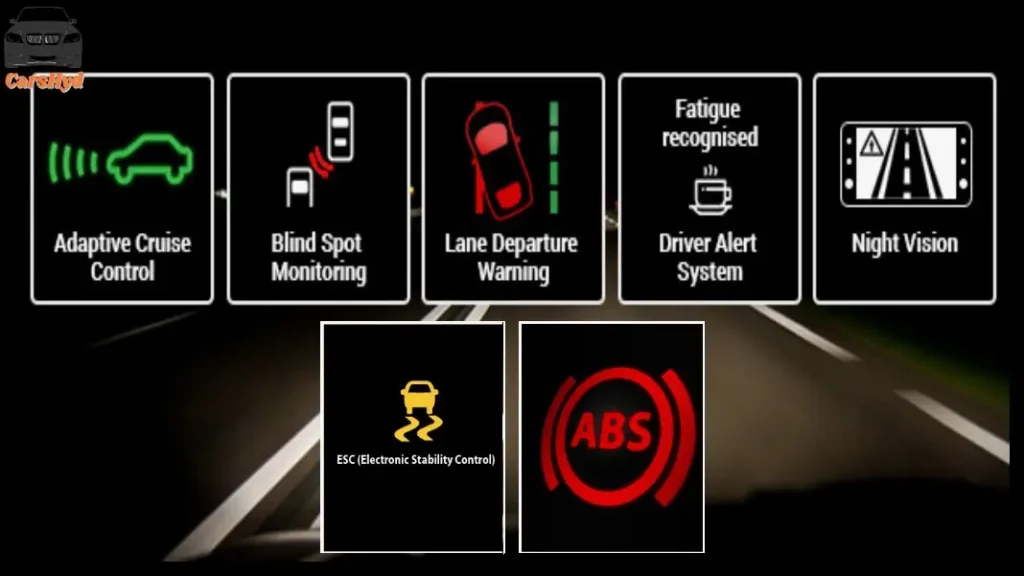
Anti-lock Braking System (ABS)
The Anti-lock Braking System (ABS) is one of the earliest active safety systems developed. ABS prevents the wheels from locking during sudden braking, allowing the driver to maintain steering control. This is particularly useful on slippery surfaces like wet roads or ice. ABS has been mandatory in all new vehicles in the U.S. since 2013 and remains a crucial feature in accident prevention.
Electronic Stability Control (ESC)
Electronic Stability Control (ESC) enhances a car’s stability by detecting and reducing loss of traction. If the system detects that the vehicle is losing control, it automatically applies brakes to individual wheels to help the driver regain control. ESC is especially beneficial in emergency maneuvers, sharp turns, or when driving on slippery roads.
ESC became a mandatory feature in all vehicles manufactured in the U.S. after 2012. Research from the National Highway Traffic Safety Administration (NHTSA) shows that ESC can reduce the risk of fatal single-vehicle crashes by 49%.
Forward Collision Warning (FCW)
Forward Collision Warning (FCW) uses sensors or cameras to detect vehicles ahead and provides an audible or visual warning if it detects an imminent collision. The system gives drivers a few crucial seconds to react and avoid the crash. Though it doesn’t apply brakes on its own, FCW can be combined with Automatic Emergency Braking (AEB) for added safety.
Automatic Emergency Braking (AEB)
Automatic Emergency Braking (AEB) takes FCW one step further by automatically applying the brakes if the driver fails to respond to the warning. AEB can help reduce the severity of a collision or even prevent it entirely. Many new vehicles come with this feature as standard, and it is expected to become mandatory in the near future.
Lane Departure Warning (LDW) and Lane Keeping Assist (LKA)
Lane Departure Warning (LDW) alerts drivers if they unintentionally drift out of their lane without signaling. When combined with Lane Keeping Assist (LKA), the system can also gently steer the vehicle back into its lane.
These systems are particularly useful in preventing accidents caused by distracted or drowsy driving. Many manufacturers now offer these features as part of their standard safety packages.
Adaptive Cruise Control (ACC)
Adaptive Cruise Control (ACC) is the advanced version of traditional cruise control. In addition to maintaining a set speed, ACC automatically adjusts the vehicle’s speed to keep a safe distance from the car ahead. This is especially helpful in stop-and-go traffic, as ACC can slow down and speed up the car as needed without driver intervention.
Blind Spot Monitoring (BSM)
Blind Spot Monitoring (BSM) uses sensors to detect vehicles in the driver’s blind spots. If a vehicle is detected, the system provides a visual or audible warning to prevent lane-change accidents. Some systems also include Rear Cross-Traffic Alert (RCTA), which warns drivers of approaching traffic when backing out of a parking spot.
Traffic Sign Recognition (TSR)
Traffic Sign Recognition (TSR) uses cameras to detect and display traffic signs on the vehicle’s dashboard. This feature ensures that drivers are always aware of speed limits, stop signs, and other important road signs, even if they miss them while driving.
Key Passive Car Safety Features
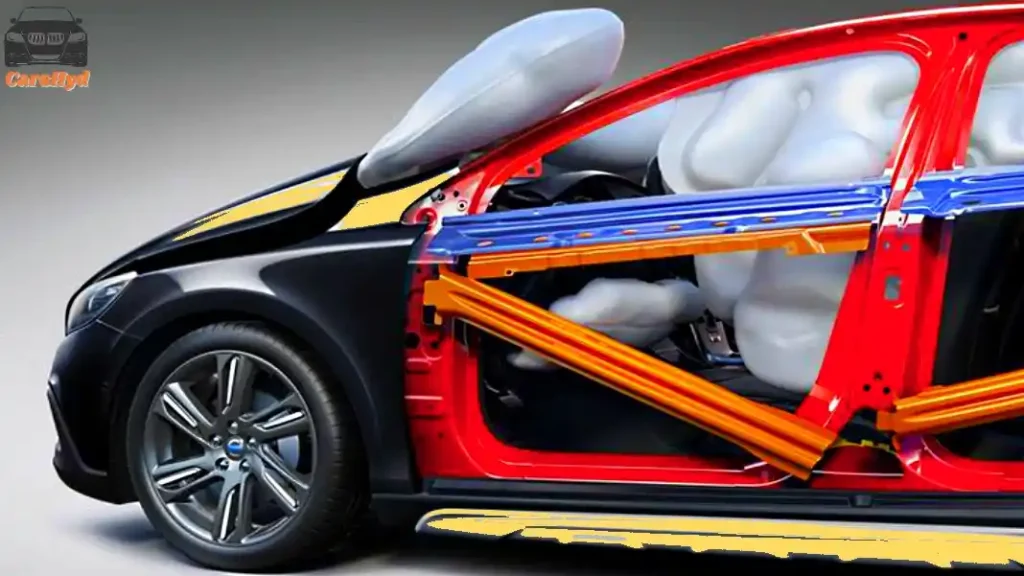

Airbags
Airbags are a cornerstone of passive car safety. Modern vehicles are equipped with multiple airbags, including front, side, curtain, and even knee airbags. These inflate upon impact to cushion and protect occupants from serious injuries.
Seat Belts
Seat belts are another essential passive safety feature. Modern seat belts feature pre-tensioners that automatically tighten to secure passengers during a crash, reducing injury risk. Additionally, seat belt reminders are standard in most vehicles, ensuring all occupants buckle up before the car moves.
Crumple Zones
Crumple zones are areas of a vehicle designed to absorb and dissipate the energy from a collision. By crumpling on impact, these zones help reduce the force transferred to the passengers, making it less likely that they’ll sustain serious injuries.
Reinforced Passenger Cabins
In modern vehicles, passenger cabins are often reinforced with high-strength steel to create a protective shell around occupants. This helps maintain the structural integrity of the vehicle during a crash, providing an additional layer of protection.
How Car Safety Features Are Rated

Crash Test Ratings
Crash test ratings provide a clear indicator of how well a vehicle will protect occupants in the event of an accident. In the U.S., NHTSA and the Insurance Institute for Highway Safety (IIHS) are two leading organizations that conduct rigorous crash tests on new vehicles.
- NHTSA rates vehicles on a five-star scale, evaluating them based on frontal crash, side crash, and rollover resistance.
- IIHS uses a different rating system, awarding vehicles Good, Acceptable, Marginal, or Poor ratings across various crash test categories.
The Importance of IIHS Top Safety Pick+
Vehicles that earn the IIHS Top Safety Pick+ rating are considered among the safest on the road. To qualify, a car must perform well in crash tests, offer advanced safety features like AEB, and have good headlight performance. The Top Safety Pick+ designation is a valuable tool for consumers looking to purchase the safest vehicles available.
The Role of Safety Ratings in Car Insurance
Safety features and crash test ratings also play a significant role in determining car insurance premiums. Vehicles with high safety ratings typically receive lower insurance rates, as they are less likely to result in costly claims. When purchasing a vehicle, it’s important to consider how its safety features and crash ratings might affect long-term insurance costs.
Emerging Car Safety Technologies

Autonomous Driving Technology
Autonomous driving technology is quickly becoming a reality. While full autonomy is still in development, many modern vehicles offer semi-autonomous driving features, such as Tesla’s Autopilot and GM’s Super Cruise. These systems use cameras, sensors, and AI to assist drivers with steering, braking, and acceleration on highways, reducing the likelihood of human error.
Vehicle-to-Everything (V2X) Communication
Vehicle-to-Everything (V2X) technology allows cars to communicate with other vehicles, infrastructure, and even pedestrians. By sharing information about road conditions, traffic, and potential hazards, V2X can help prevent accidents before they occur. Although still in its infancy, V2X is expected to revolutionize car safety in the coming years.
Predictive Safety Systems
Predictive safety systems use AI and machine learning to predict potential hazards based on driving behavior, road conditions, and traffic patterns. These systems can alert drivers to possible dangers before they even appear, helping prevent accidents in the first place.
Conclusion
Modern car safety features are essential for keeping drivers, passengers, and pedestrians safe on the road. With a combination of active systems designed to prevent accidents and passive systems in place to protect occupants during a crash, today’s vehicles offer more protection than ever before. As technology continues to evolve, new safety features like autonomous driving and V2X communication will further enhance the safety of our roads.
When choosing a new vehicle, it’s important to consider the available safety features and how they match your driving habits. Understanding the benefits of active and passive safety systems will help you make an informed decision to keep you and your loved ones safe.
Still Interested in Buying a Car with Top Safety Features?
If you’re looking for a new vehicle with advanced car safety features, now is the time to take action. Visit your local dealership, explore the latest models, and prioritize safety when making your decision. With the right combination of active and passive safety features, you’ll enjoy peace of mind every time you get behind the wheel.



